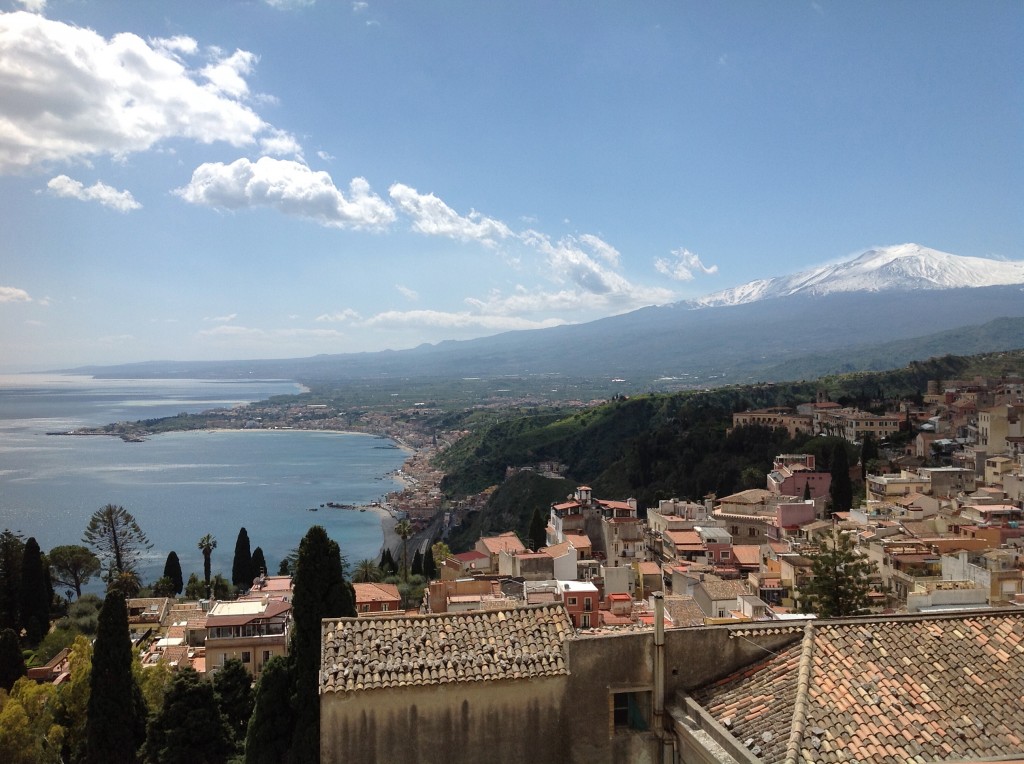
by Patrick Hunt –
When sailing wine dark seas is not an option, read Giuseppe Tomasi di Lampedusa’s magical Il Professore e la Sirena to catch a glimmer of Sicily’s place in myth, preferably with a mesmerizing glass of Nero d’Avola looking south from Taormina to the curving bay of Giardino Naxos and Mt. Etna along the Ionian Coast where the haunting siren Lighea must still be heard in faraway conch soundings from the blue deep. According to Goethe in 1787 in his Italianische Reise, the best view in Italy – or the world for that matter – may be from the top row of Taormina’s Greco-Roman Theater cavea. But to enjoy the best view with a comparable bit of divine elixir, almost anywhere from the Grand Hotel Timeo will do. Taormina’s glory is due to the fourth century BCE Hellenistic Greek general Timoleon who reestablished Tauromenion (so-named because its high double peaks were thought to resemble bull horns). Even the Corso Umberto, this picturesque town’s main pedestrian street with the lovely evening passagiato, has its restrained Baroque buildings along its east side entirely anchored by the arcade of an ancient Roman naumachia several thousand years old.
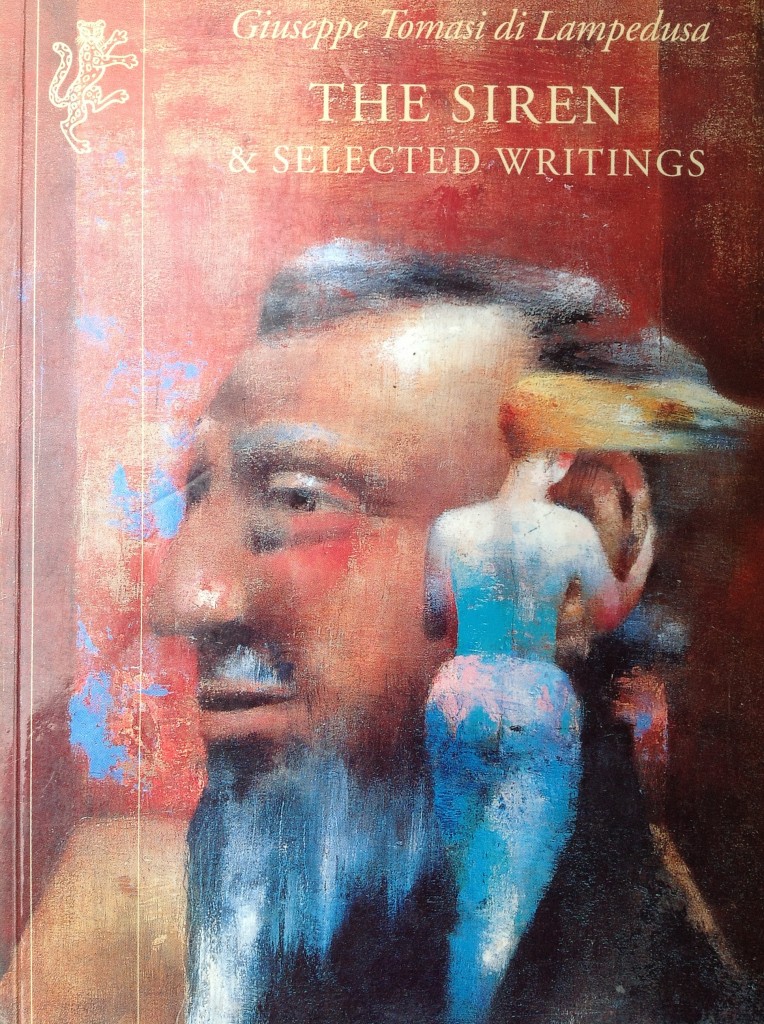
As a caveat for anyone doubting Homeric ken of Sicily, whoever this bardic not-so blind Homer was, enough mention of Sicilian contexts in the epic of the Odyssey should convince otherwise. Scylla and Charybdis were the horrible dangers of rocky cliffs and whirlpools on either side of the Strait of Messina where two seas meet; Polyphemus the Cyclops, son of Poseidon blinded in his Mt. Etna cave by Odysseus and his men, threw out the Faraglione Rocks attempting to sink Greek ships (possibly the source of the myth phrase “blind rage”), to name but a few. Odysseus and his men overpowered the Cyclops by wine, and although it was a sweet and powerful wine like the wine of Sicily, it was unlikely to be so local. Homer describes the grapes of Cyclops’ land:
“Winegrapes in clusters ripen in heaven’s rain…all good land, fertile for every crop in season, lush well-watered meads along the shore, vines in profusion…” [1]
Under privileged Roman status Pliny notes that the region of Tauromonium (Latin spelling) had excellent wines. [2] Wine stock from Tauromonium was even exported to Pompeii to be grown on Mt. Vesuvius.[3] In antiquity the fame of Sicilian wine was well known, sometimes for its sweetness, as in Messina’s Mamertino wine – praised by Strabo as rivaling the best Italian wines of his era [4] – and the wine of Morgantina also called Morgantina.
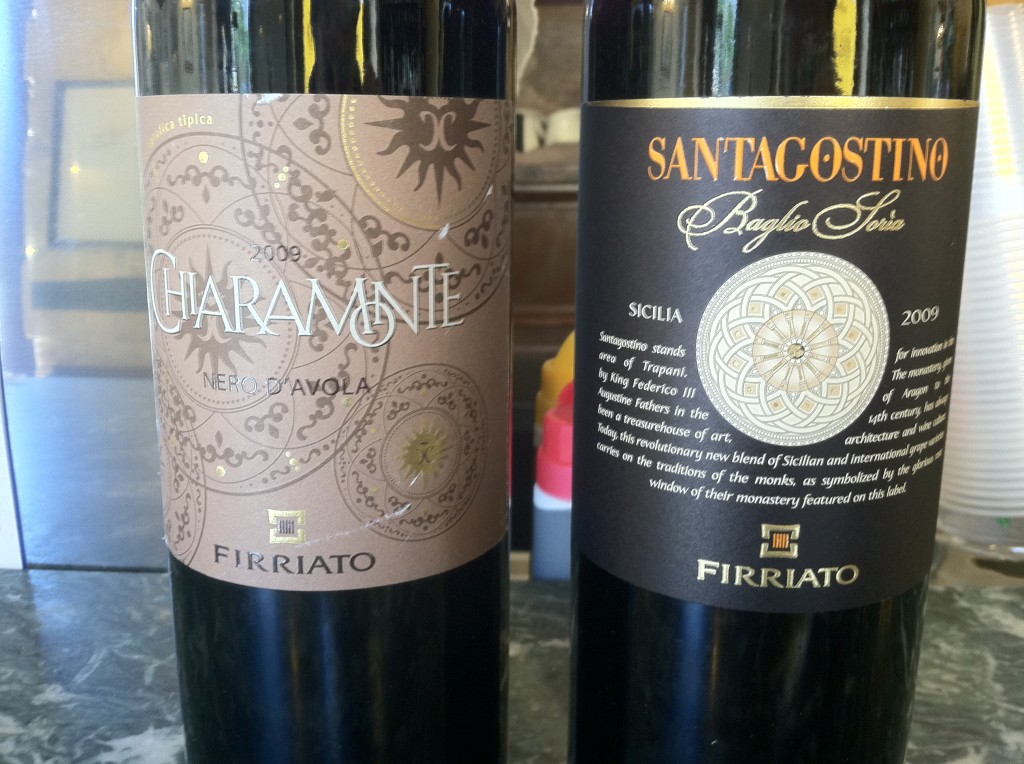
The best combination of Sicilian food and wine I’ve ever tasted was also in Taormina. Osteria Nero d’Avola is the restaurant-cum-enoteca where this treasured culinary experience took place. The restaurant on Vico Spuches down from the Corso Umberto is owned by Chef Turi (Salvatore) Siligato, who is an integral advocate of Italy’s “Slow Food Movement”(although in reality Sicily never joined the fast food movement). Turi also a friend of the dynamic California natural food and wine pioneers, Alice Waters and Kermit Lynch. The wine came first before the meal with fresh crusty bread and local, highly savory virgin olive oil from the Peloritani Mountains to the north. Rarely does a wine light up every possible place in the mouth as much as this particular wine did. It was a 2009 Syrah bottled by Tasca Almerita from the production of the Prince of Camporeale’s Sallier de la Tour winery estate. Tasca Almerita is justifiably known one of the most demanding wine houses in Sicily for highest quality. This wine’s aroma was immediately both subtle and complex, like an old friend sharing many intimate memories. On the tongue and palate it seemed to be a softened vintage of many more years than it had, with a rich, accessible tannin. Its long finish was layered with many aftertastes, each giving way to another like archaeological strata, from cherry to chocolate and lastly vanilla. Its viscosity was revealed in legs rolling slowly all the way down the glass.
Turi Siligato’s sister Francesca, whom my family has known for years and whose brilliant jewelry boutique, Kiseki right on the Corso Umberto showcases some of the most elegant and creative work in the world, says her brother is a bit crazy for perfection and so passionate about food but only possible to understand his dedication after tasting his artistry firsthand. I believe in his vision after eating his incredible Tagliatelle con Fungi Porcini, Asparagi e Gamberi. The pasta was handmade, perfectly al dente, and the freshest porcini and asparagus were immaculately handpicked that morning. Turi told me the best time to pick both was early in the day and he also showed me from his digital camera at the Hosteria’s front desk a photo of the sea bass he had caught that morning that was being lovingly dismembered by the mouthful at another table. His pasta reminded me that when Greek colonists came by ship in the eighth century BCE they were astonished at how quickly wheat germinated in Sicilian earth compared to their rocky homeland. Semolima wheat pasta from Sicily is still the best in Italy due to the island’s broad geological combination of rich volcanic mafic soil from Mt. Etna mixed with great carbonate soil, both full of different nutrients, to create a natural pH balance. The pairing of the Syrah with the fresh pasta was unimpeachable and that was only one of many possible since the restaurant has an enoteca’s library of good wines. Due to stronger tannins and higher viscosity than many Italian wines, this wine can have a relatively long cellar life, up to 20 years if stored properly and if the bottle quality is assured with an affidavit of DOCG (Vino a Denominazione di Origine Controllata e Garantita), more strict than mere DOC (Denominzione Origine Controllata).
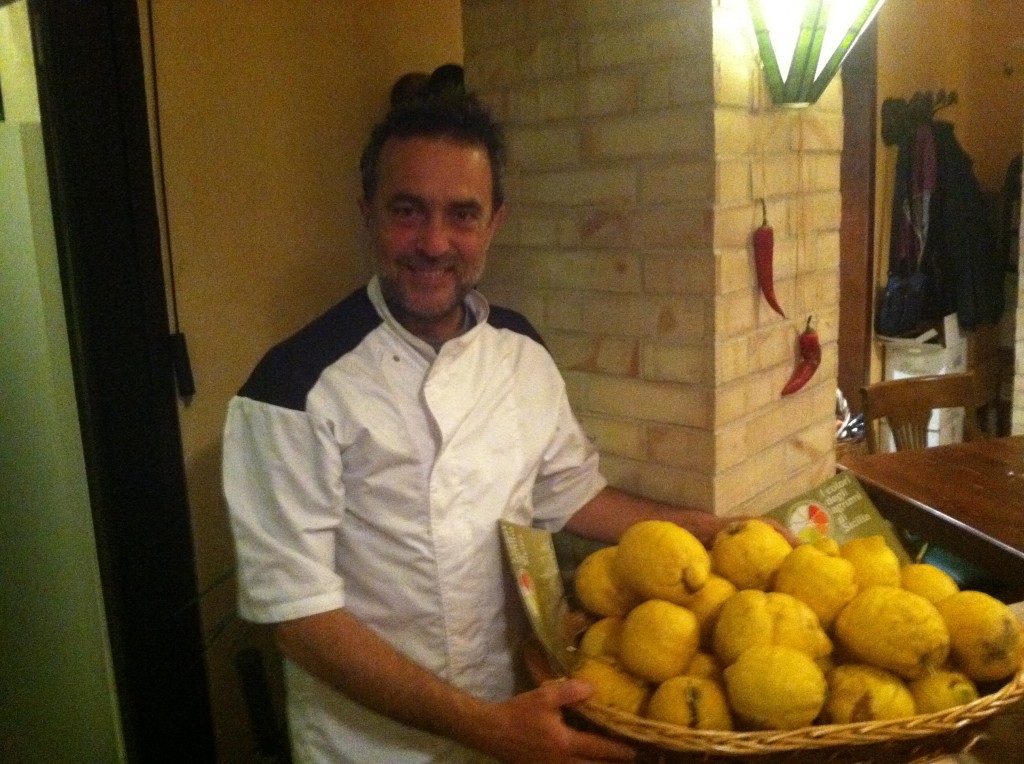
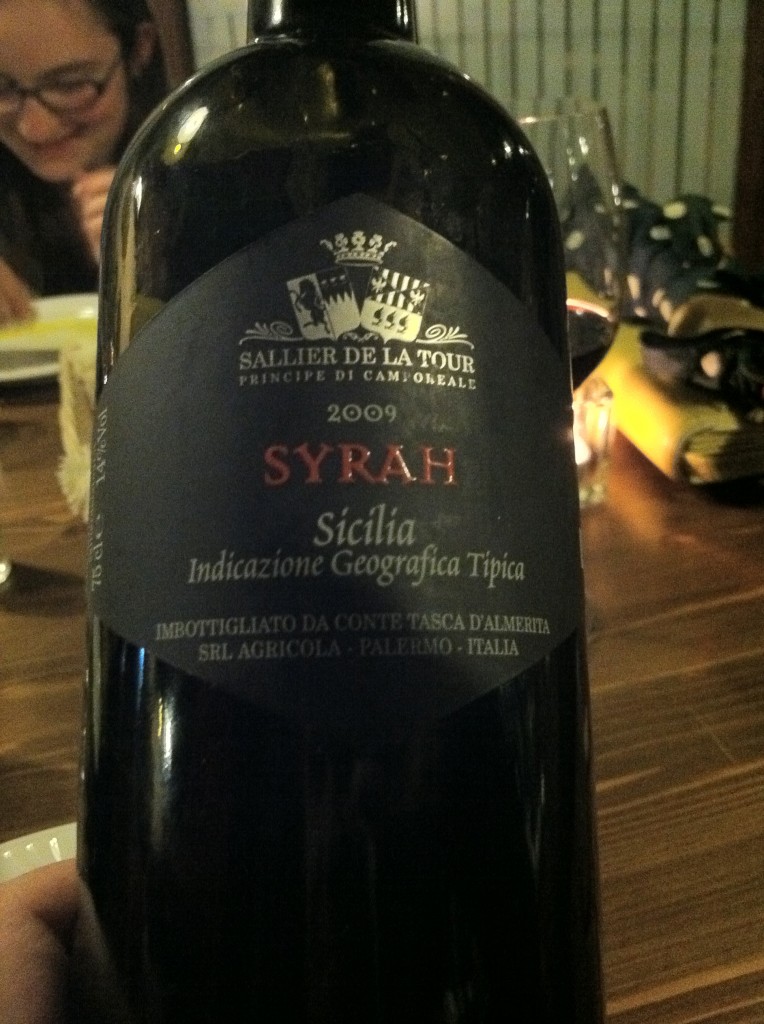
Other notable Sicilian wines tasted on many occasions in Sicily must include some of Barone Pietro Benevento del Bosco’s Siracusan wines. At a degustazione I shared a few years ago in his magnificent eighteenth century Palazzo Benevento on the Piazza Duomo of Ortygia (Siracusa), the baron offered some of his heady Nero d’Avola. This wine is named after the black wine of the town of Avola on Sicily’s southern tip near Siracusa, and its inkiness is more typical of a syrah. Barone Benevento del Bosco also shared his sweet golden Moscato di Siracusa 2007 with almond amaretti cookies. Passito and Moscato di Pantelleria are other lovely nectar-like golden dessert wines. Zibibbo is yet another sweet wine possibly brought and named by Arabs from the 10th century with a bit of citrus aroma. If one can take sweetness to the highest level, any of these wines could be paired with the famed Sicilian cassuto or cannoli, the former possibly with a marmalade jam. The Santagostino 2009 Nero d’Avola – Syrah blend I tasted in Siracusa was also a powerful, supple wine, so full of sunshine. Yet another good wine that I’ve tasted in different Sicilian degustazioni in Siracusa and also served in the Grand Timeo Hotel restaurant is the excellent Chiaramonte 2009 Nero d’Avola. Although the Chiaramontes themselves may not have survived to the present winemaking name, the old family presence is easily seen in their late medieval palazzi in both Siracusa’s old Ortygia and in Palermo’s Kalsa next to the Giardino Gardibaldi with its giant ficus trees. The Chiaramontes may have originally come from Clermont in Aragonese France in the thirteenth century, and who would blame the wine-loving French for coming to Sicily and staying? Nerello Mascalese is a red wine grape (used in the red wines Etna Rosso and Corvo) said to originate from Catania, whose name originally meant “Under Etna” (kat’ Etna) in Greek. Most of the memorable wines I tasted in Sicily this past March-April (2012) were all 2009 so this must have been a great year.
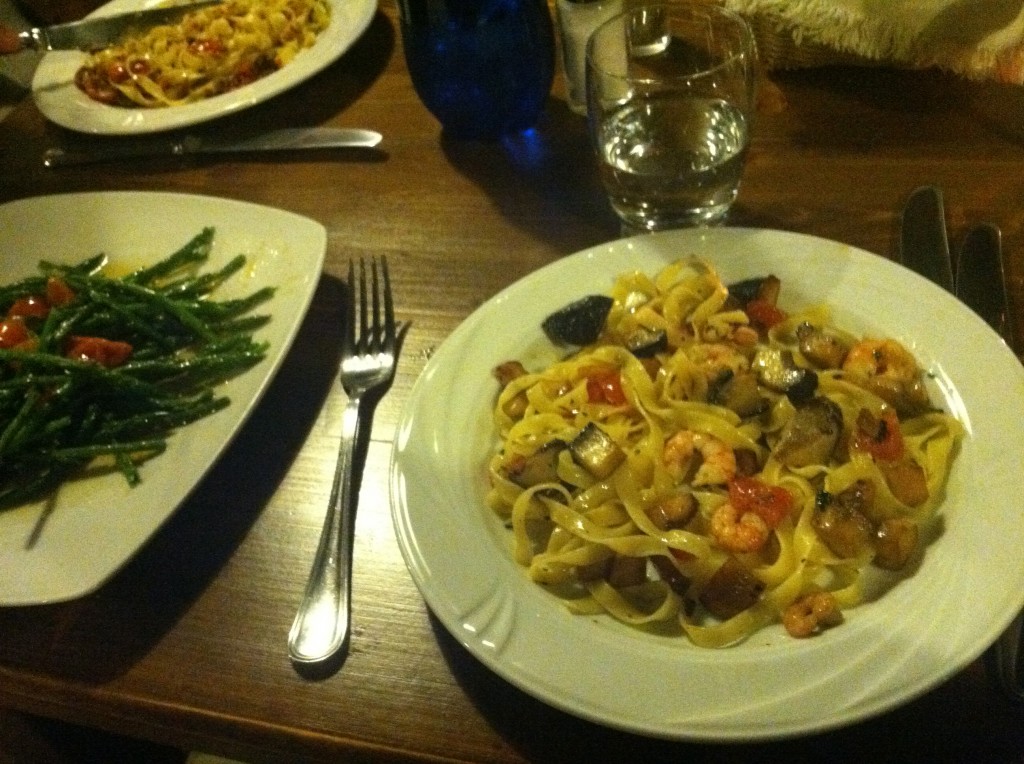
Marsala is one of Sicily’s most known wines, named after the port of the same name. The original name of the port of Marsala in the northwest of Sicily is Marsah-el-Allah from Arabic when Sicily was under Islamic rule from the 9-10th centuries.[5] The wine itself is a red wine mostly made from the Grillo grape but fortified with higher alcohol spirit and, if needed, a grape concentrate to make it a sweet red wine, although there are also dry (secco) varietals as well. Marsala has its birthplace in the far west of Sicily but only as recent as 1773 when it was blended for British tastes by its creator John Woodhouse.
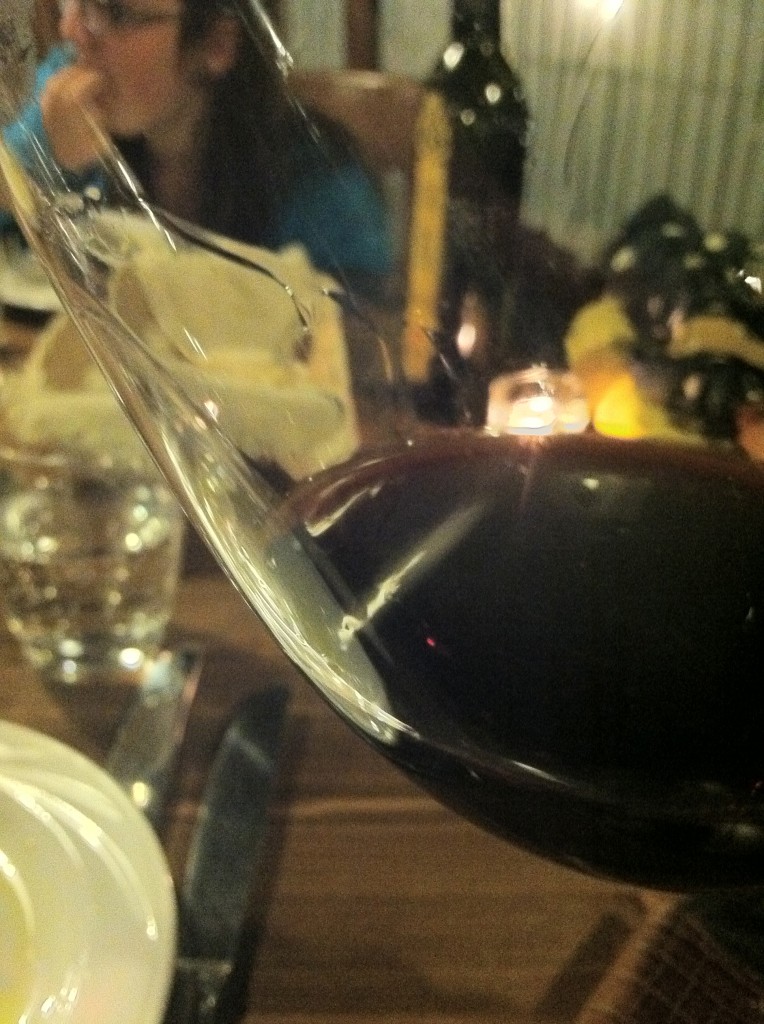
Unlike the well-known Marsala, so many of Sicily’s superb wines are underappreciated or outsold by the more aggressive merchandising of super-Tuscans and others, but the Sicilians laugh off that perception by saying that means there’s more for them and that the true cognoscenti who know Sicily love Sicilian wine. Sicily often produces more wine than any other Italian province. [6] Carricante is another Sicilian white wine grape from Etna, and has a citrus, lemony brightness. The varied lemons of Sicily can hardly be described, but they are likely the best in the world. Turi Siligato brought around a giant lemon to each table in his restaurant and sliced off a juicy lemon piece for each of his patrons. Not at all tart, this little bit of natural dolci was a palate freshener as well as sweet enough in itself to be a stand-alone. Better than Meyer Lemon in both texture and taste, pale pith and yellow lemon fruit could hardly be separated. This lemon reminded me of the ancient legends no one who had not been to Sicily believed true: that this place of unrivalled food prosperity was the Greek spring goddess Persephone’s island, as sophisticated Mary Taylor Simeti has said for decades. [7] Of course, it seems that centuries in Sicily hardly count in a land so ancient and magical. It must therefore not be a myth that the fragrance of Sicily is more lemon blossom than bergamot.
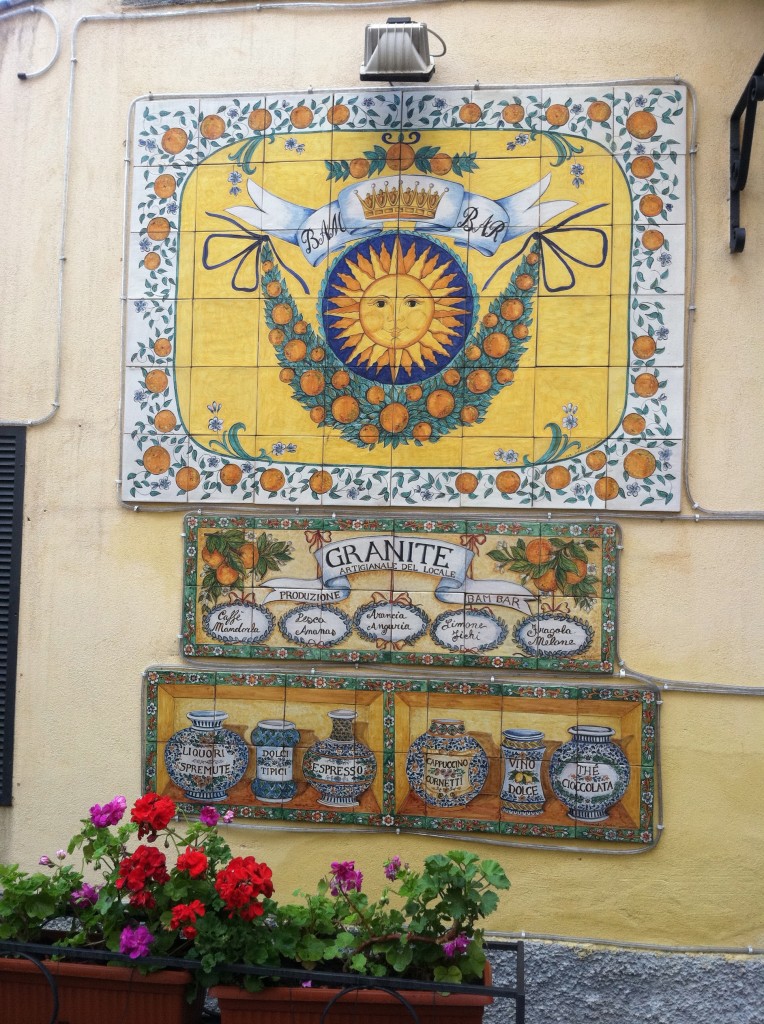
Beyond merely coupling Turi Siligato’s exceptional wine list and delectable table with Taormina’s history as a literary topos, where Goethe, Lampedusa, T.S. Eliot, Bertrand Russell, Tennessee Williams, Roald Dahl, D. H. Lawrence and 1955 Nobel Laureate Haldór Laxness wrote, possibly even the ancients Homer and Aeschylus along with many other poets and writers since, Taormina is also a town of of great maiolica decorations everywhere, especially in the artists’ quarter, and gardens and trees cascading down to the sea, groves pierced by cypress trees and scented with roses and pelargonium growing from rocks and colorful bougainvillea tumbling from walls. Baron Wilhelm von Gloeden’s infamous photographs even lured Oscar Wilde to Taormina’s magical seaside Isola Bella. Despite being the terminus for a century of celebrities and movie stars followed by cruise ships, Taormina somehow remains unspoiled by more touristic visitors ignorant of such longstanding acclaim. Long catering to such literati, connoisseurs and even royalty like Kaiser Wilhelm II in 1906 whose suite is the core for the luxurious Grand Hotel Timeo (part of the Oriental Express chain) Taormina’s wine and food certainly do it justice. Having been there more times than I can count in precious day after day for a dozen years, I’ll be in Taormina – back at the Grand Timeo I hope – every year I can looking out over the wine-dark Ionian Sea, the closest locus to Elysium I know on earth’s surface. This is where I can taste sunshine in the most poetic of Sicilian wines, knowing full well that Sicily can be the most seductive place on earth.
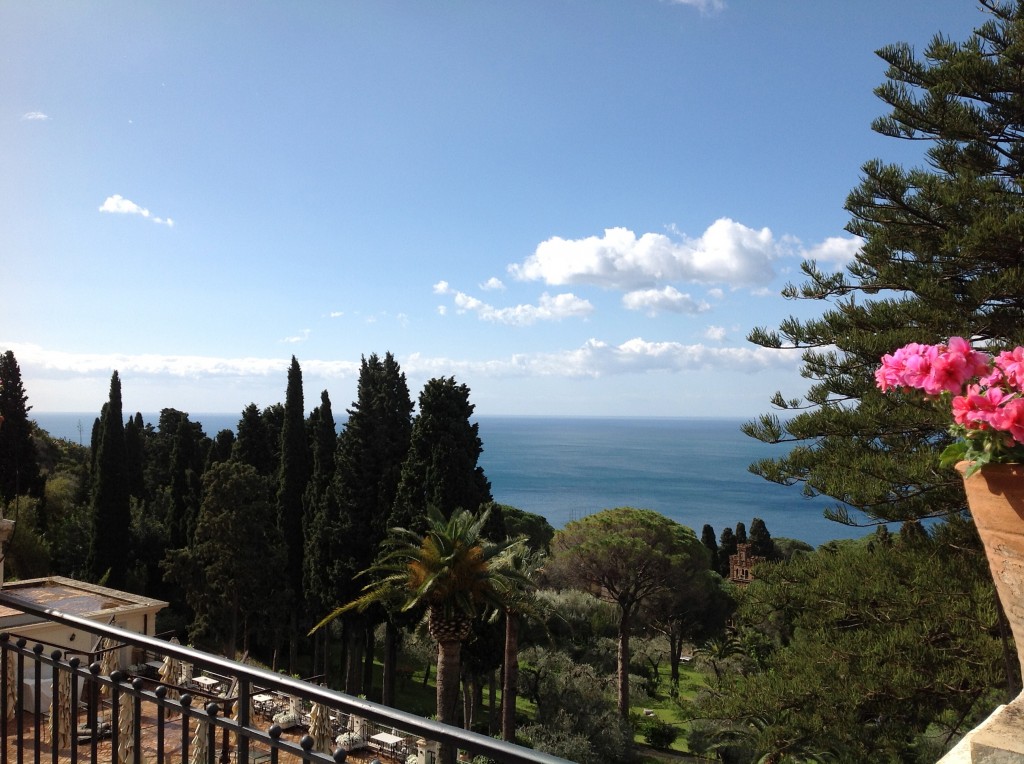
Notes:
[1] Homer, Odyssey IX.119, 142-3 (Robert Fitzgerald translation).
[2] Pliny Natural History XIV.6.8
[3] J. J. Paterson in Jancis Robinson, ed. Oxford Companion to Wine, Oxford University Press, 1994, 876.
[4] Strabo, Geography VI.3.102
[5] Tom Stevenson. The New Sotheby’s Wine Encyclopedia, 3rd ed., 2001, 341.
[6] D. Thomases in Jancis Robinson, ed. Oxford Companion to Wine, Oxford University Press, 1994, 877.
[7] Mary Taylor Simeti. On Persephone’s Island: A Sicilian Journal. Random House, 1986.